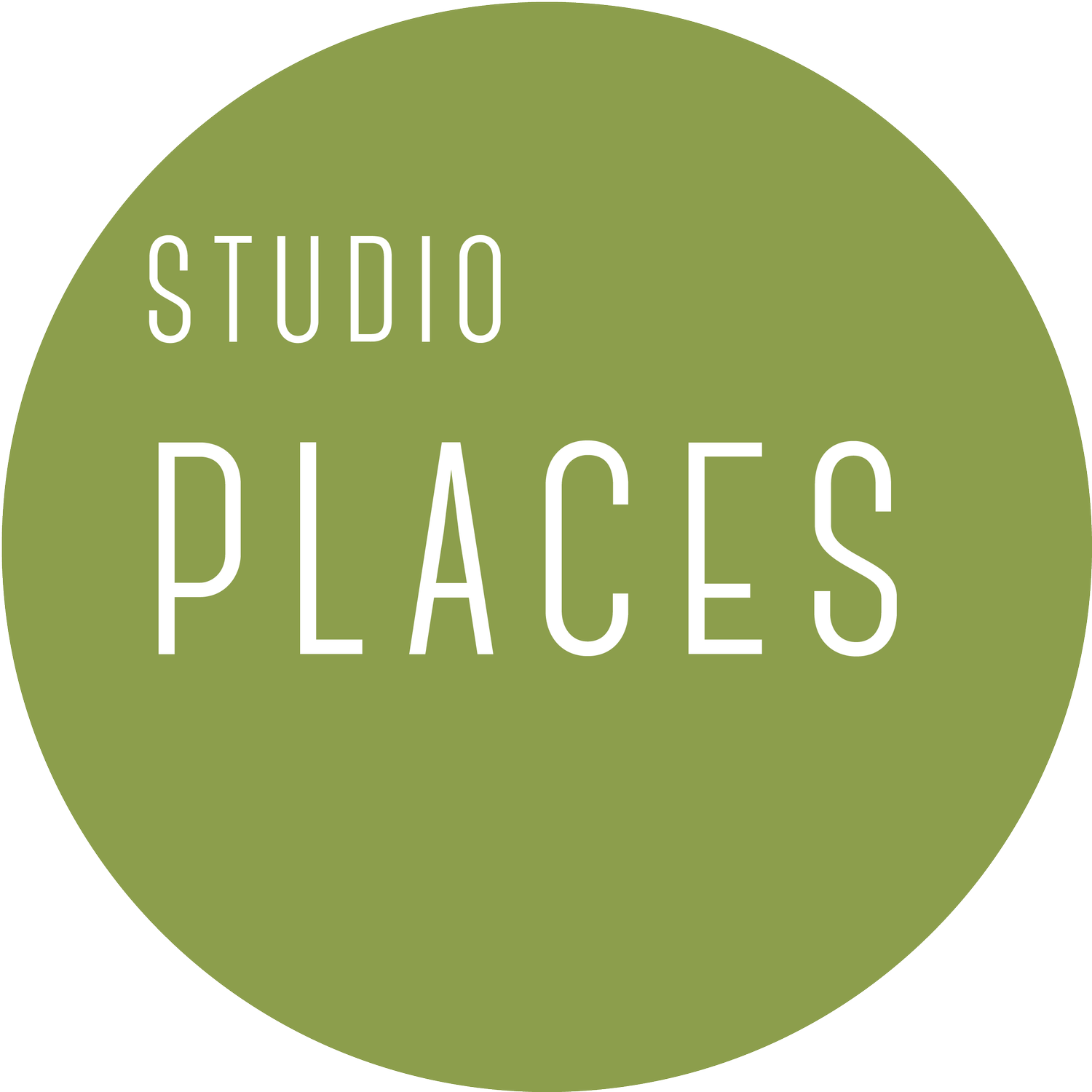
Smart and sustainable campus usage
phd thesis on smart campus tools
interview bart valks • Faculty of Architecture, urbanism and building sciences, tu delft • october 2021
Most students will recognise it: you arrive on campus in the morning, park your bike and then spend quite some time looking for a suitable study place for the day. But what is the difference between simply a busy day and buildings that are truly too small to accommodate everyone? That is an essential question for real estate managers of university campuses. PhD student Bart Valks investigated how so-called Smart Campus Tools can offer solutions.
Smart Campus Tools are all types of technology that help to monitor the use of space on the university campus. Mapiq, for example, equips workstations in the TU Delft Library with sensors, showing in real time which spaces are still available. This is not only practical for students, but also useful information for real estate managers. Real estate managers try to match the needs of users with the real estate as accurately as possible. For Dutch universities, this might seem a relatively easy task, as they often own the real estate on their campuses. But they are facing ever increasing numbers of students at the same time. TU Delft is no exception. This raises an important question for real estate managers: do we have enough space to accommodate all these people? When do you decide to build extra accommodation? And moreover: what information is needed to make that decision?
Mapping actual space usage
During his graduation project for the master track Management in the Built Environment, Bart Valks already worked together with his later co-supervisor Monique Arkesteijn. At the time, he was working on a case about the preferences of users of university classrooms, and made a model in which the user preferences were linked to the properties of the spaces. He was so enamoured by the subject, that he went to work for TU Delft's Campus & Real Estate department and started looking for funding for follow-up research. Valks: "Linking user preferences and the available real estate was the starting point. Together with Professor of Public Real Estate Alexandra den Heijer, I presented a research agenda at the joint meeting of the facility managers of the Dutch universities. The responses showed that everyone was interested in more information about the use of space: not only the desired use of space, but particularly actual space usage. Could smarter measurement methods provide a better picture of that? The research lay-out for my dissertation came about through the talks with this group of clients.”
For the users and the managers
The final study, Smart Campus Tools: Technologies to support campus users and campus managers, consists of two parts. "I started by visiting all the Dutch universities to explore the possibilities," says Valks. "I mainly looked at the Smart Campus Tools that were already being used. The following year, I compared that use with international universities and other companies. These first two years, the emphasis was on the product side. How does the technology work and how can it really add value? How can the information provided by the Smart Campus Tools contribute to the decision-making process?"
In the second part of the research, Valks focused on that process side of Smart Campus Tools. From the perspective of campus management, he developed a dashboard, with both information from the Smart Campus Tools and readily available information. "If you want to be able to make decisions about building (or selling) real estate, then you don't just want to know how the spaces are used. It's also about, for example, the energy consumption and maintenance costs of a space. By means of interviews and workshops, I investigated the information needs of property managers. The result is a method with which dashboards can be customised for the real estate manager of a university campus. All available information comes together in these dashboards: the actual use of space, the costs, the available square metres, and so on. In this way, the Smart Campus Tools can actually be used to manage university real estate better." The experiences of third co-promoter Alexander Koutamanis were of great value in this regard, Valks adds. "You often see that these kinds of new technologies get stuck in the pilot phase. After that, it is important to really give the technology a place within the existing processes. In my research, I did this for decision-making processes about campus strategies. The dashboards are a response to that, but the subject has much more potential."
A university campus for everyone
Valks would like to not only further explore the potential of Smart Campus Tools, but especially to apply them in practice. "TU Delft is currently building Echo, a shared education building just like Pulse. That would be the perfect place to try out Smart Campus Tools. You want people to make the best possible use of those buildings, after all. They belong to everyone."
Header image: Finding an available and suitable spot for studying on campus, for example in the TU Delft Library, has become more difficult in recent years. Smart Campus Tools offer solutions and simultaneously help to smartly manage the university campus. Image: TU Delft Image repository.
